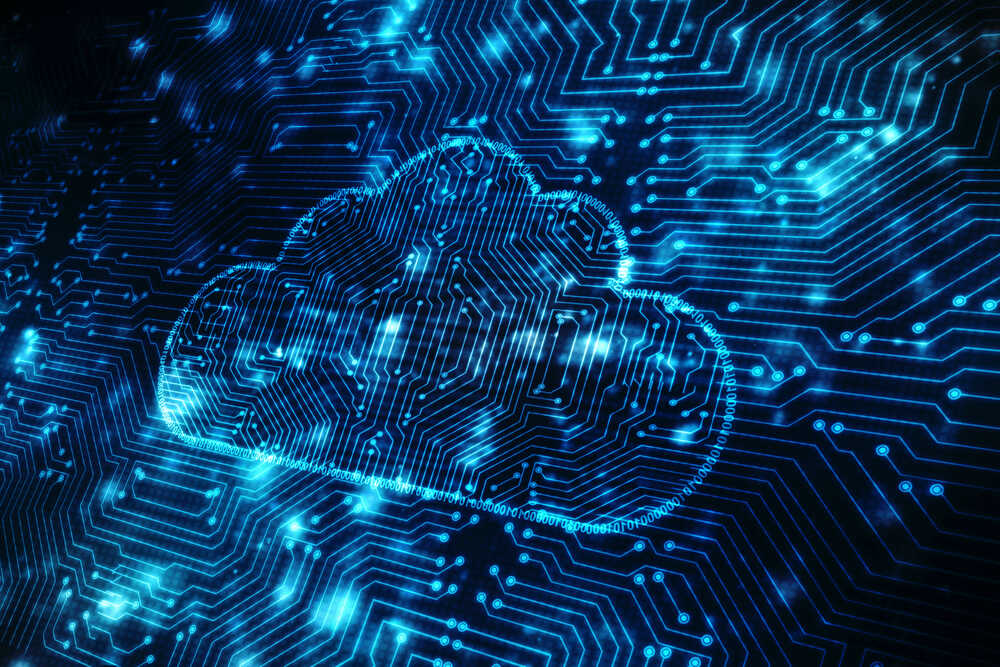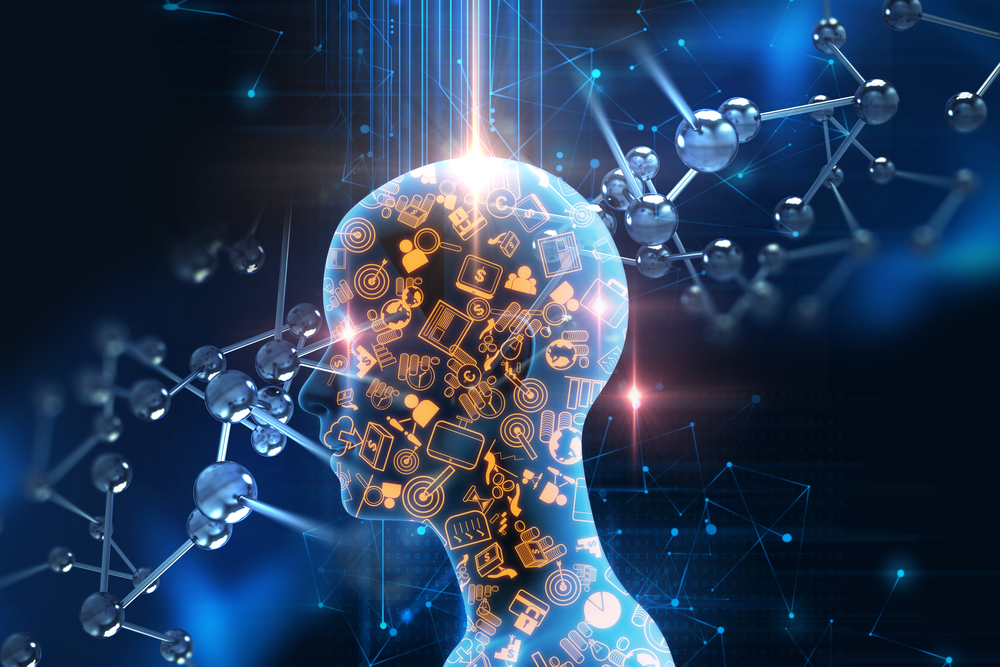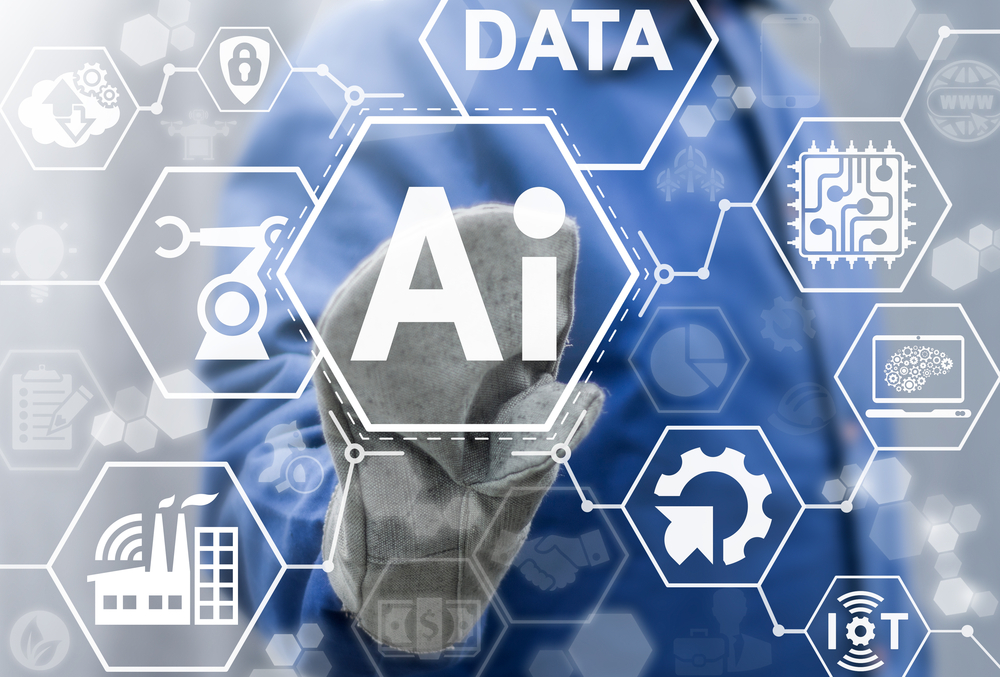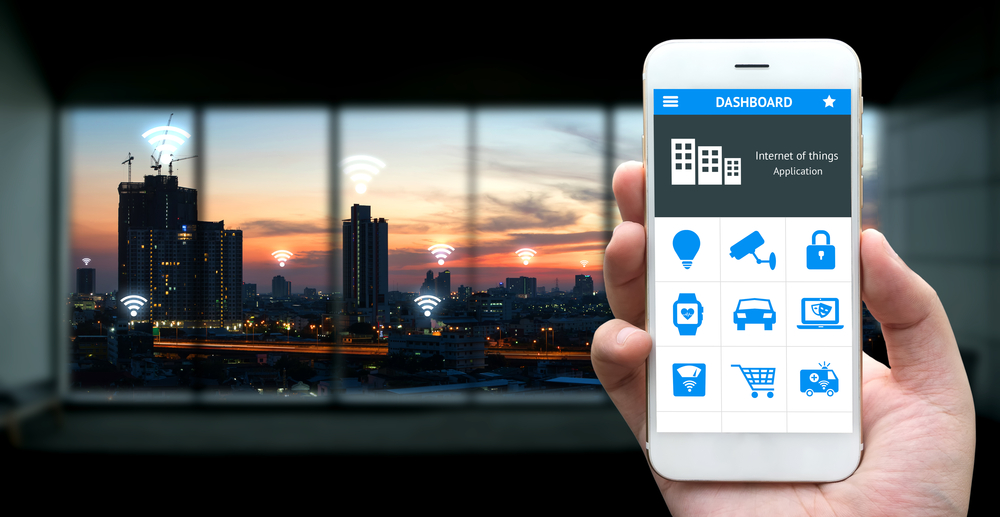Kein Blick zurück im Zorn: Die Wiederkehr des Tech Trend Hype
Was haben Künstliche Intelligenz, Maschine Learning, Cloud Computing, I.o.T., Blockchain oder Biofeedback gemeinsam? Diese Technologien stecken in der Wundertüte namens „Tech Trend Hype“ – wann und wie sie das Licht der Realität erreichen, bleibt offen. Anna Kucirkova beleuchtet in ihrem Blick zurück im Zorn, welche Tech Trends auch in Zukunft eine wichtige Rolle spielen. Einige dieser Trends könnten sogar für Recruiting und Human Resources an Bedeutung gewinnen.

Looking Back and Forward: How 2018 Tech Trends Will Carry Into 2019

Technology trends in recent years have moved ever-faster and taken us further into the sci-fi future than our ancestors could have ever predicted. From smart home-enabled devices that control our thermostats and refrigerators from across the country to secure, democratic cryptocurrencies that provide secure stores of value, recent trends have brought many pipe dream technologies to life.
Many advancements have been more subtle but equally promising and transformative, from smart analytics in existing consumer and professional apps to the gradual but complete improvements in artificial intelligence powering everything from self-driving cars to predictive text on your smartphone.
As we study technology trends from the past year, we get a better look into what will trend in 2019 and beyond, which gives your enterprise a leg up on what tools and technologies will soon be available to improve your processes and productivity.
What seemed fictitious a few short years ago is now possible with an average Apple Watch. Just imagine what the next few years will bring.
Artificial Intelligence

Artificial intelligence has long been the holy grail of technological improvement. Far from the subject of science fiction movies from decades past, artificial intelligence (or A.I. for short) is a catchall term for machine learning and other computer solutions to seemingly complex problems that can be processed through a system of computer tasks that result in “learning” or intuiting the solutions to problems.
While broad-scale, dynamic learning like we’ve seen in the movies that promise robot overlords is still a long way off, Narrow A.I. was one of the biggest trends of 2018 and promises to continue into the new year. Narrow A.I. consists of highly specialized machine-learning solutions that target a specific task like driving a vehicle or understanding written or auditory language.
From intelligent advertising to photo searches to self-driving or assisted driving cars, A.I. is continually improving as the technology behind it is improved.
Businesses should focus on the results enabled by applications that currently utilize A.I. in the offerings. These include the targeted ads on social media sites like Facebook and Instagram and many analytics programs, as well as predictive design and logistics software.
Intelligent Applications and Analytics

As the first wave of A.I.-augmented apps has demonstrated, intelligent applications and analytics are one of the most direct and promising technology trends in recent years. A.I. runs in the background of many pre-existing applications, and is either already invisibly improving the user experience or is in beta testing as application developers seek to improve the user experience and business potential of these products through A.I.
Advanced analytics, automated customer service, and intelligent processes are all on the horizon as intelligent applications continue to improve the services computers can provide. Intelligent apps reduce the amount of input and application expertise required by people and the systems they’re using, which will continue to transform the workplace and job descriptions across industries.
Virtual customer support, intelligent translation services, and expanded application functionality all promise to reduce the load on workers as applications provide services that oftentimes used to require a team of dedicated employees. However, the intention of intelligent applications is not to replace people, but rather to augment their activity and make the user experience and customer-facing experience better than ever.
With A.I., the same workforce can be radically more productive and customers can receive more thorough and immediate care than previously possible. Similarly, augmented analytics uses machine learning for data collection and preparation as well as extrapolation and insight discovery, which benefits business users, operations teams, and data scientists alike.
Intelligent Things

This trend began with the widespread unveiling of “the Internet of Things” (or I.o.T.) which meant incorporating sensors and Bluetooth or wi-fi connectivity into previously static devices, from thermostats to washing machines to industrial sensors and monitoring equipment.
By bringing these devices online, developers harnessed the power of the cloud and widespread connectivity to make multiple devices safer, more efficient, and easier to use.
The next wave of Intelligent Things promises to combine the first-wave of Internet of Things connectivity with the advances in A.I. that will make connected things smarter. For example, artificial intelligence in a camera that already connects to a smartphone will power stunningly powerful automated shooting modes that far surpass the antiquated “auto” settings on early digital cameras.
Autonomous tools like vacuums and farm equipment will also make the leap from using simple sensors and geofences to “visualizing” and processing staggering amounts of data using cloud connectivity, onboard artificial intelligence, and advanced analytics to make decisions that may soon surpass even the most experienced human operator.
One of the most interesting future advances is the collaborative nature of intelligent, connected things. Different farm equipment from different phases of preparation, planting, and harvest may work together, or a team of specialized harvesting devices may be able to make intelligent decisions about which rows to work.
The promise of this technology is even more staggering in fields like military equipment, industrial processes, and search and rescue operations, where the risks to humans are high but the level of collaboration and decision-making required usually precludes computerized devices.
Cloud to the Edge
Edge computing is an advancement in cloud computing which brings the content collection, processing, and delivery closer to the sources of information.
Greater functionality embedded at the edge is a promising advancement that favors local clouds which can be integrated into infrastructure designs with large numbers of intelligent things.
Colocation and edge-specific networking will become more common as more things became online and intelligent, and new network designs will reflect the increased number of intelligent things in the coming years.
Blockchain

Blockchain was one of the biggest buzzwords in the last few years, thanks to its use in the cryptocurrency world. Blockchain is a democratized, distributed, and decentralized token ledger that removes friction or ownership from bits of information (hence the name “Bitcoin”). Blockchain allows unverified parties to exchange highly secure information across standard networks and promises to change industries and private transactions alike.
While blockchain has mostly been in the news for its financial implications, it is also promising and useful in security and content distribution models, which would have favorable applications in government, healthcare, content sharing, supply chain logistics, and other data-transfer situations.
The biggest criticism of blockchain is that the protocol is relatively new and untested–but the billions of dollars in cryptocurrency have demonstrated that the technology is ready for the limelight, even if it isn’t ready for rampant speculative investment.
Businesses may not be ready to utilize blockchain in their daily processes yet, but the technology is being actively developed and tested and promises to transform data distribution and security across industries.
Biofeedback and Biohacking

DIY genomics kits have become radically more accessible as companies like Helix continue to study genomes and utilize information technology to rapidly map out sets of information that used to require dozens of scientists working around the clock for weeks on end.
Smart genomics was a large trend in 2018, from simple ancestry projects to identifying health risks through simple at-home tests that would have required intensive medical tests costing thousands of dollars just a few years ago.
The sensors embedded in consumer-grade smartwatches and fitness devices provide more feedback than hospital equipment from a few years ago. While biohacking is a nebulous and potentially controversial topic, the biofeedback and medical advancements available thanks to recent improvements in sensor technology and data analytics will provide major breakthroughs for human health and healthcare in the coming years.
The Future Is Now
No matter what industry you work in or what technologies your business or personal life currently involve, the future is full of promise. Self-driving cars are closer to reality now than ever before and smart analytics mean that our emails can just about write themselves. As we look into 2019 (and beyond), one thing is clear–whether you run a massive, operations-intensive enterprise or just need a little help replying to customer service emails, the future is very bright indeed.
Resources
- https://www.gartner.com/smarterwithgartner/gartner-top-10-strategic-technology-trends-for-2018/
- https://www.gartner.com/smarterwithgartner/gartner-top-10-strategic-technology-trends-for-2019/
- https://www.forbes.com/sites/jaysondemers/2017/12/30/7-technology-trends-that-will-dominate-2018/#2ae12bad57d7
- https://www.gartner.com/en/newsroom/press-releases/2018-08-20-gartner-identifies-five-emerging-technology-trends-that-will-blur-the-lines-between-human-and-machine
- https://www.dezeen.com/2018/12/10/design-technology-trends-2018/
- https://www.gartner.com/en/newsroom/press-releases/2017-10-04-gartner-identifies-the-top-10-strategic-technology-trends-for-2018
- https://www.gartner.com/smarterwithgartner/5-trends-emerge-in-gartner-hype-cycle-for-emerging-technologies-2018/
- https://www.credosystemz.com/trending-software-technologies-2018/
- https://www2.deloitte.com/us/en/pages/deloitte-private/articles/technology-trends-middle-market-companies-survey.html
- https://www.digitaltrends.com/cars/tusimple-autonomous-trucks/
- https://www.digitaltrends.com/computing/google-blockchain-work/
- https://medium.com/meetbitfury/emerging-technologies-and-trends-reflections-from-the-2018-blockchain-summit-in-morocco-64e742447122
Source:
Tags:
Anna Kucirkova, Tech Trend, Künstliche Intelligenz, Maschine Learning, Cloud Computing, I.o.T., Blockchain, Biofeedback, Crosswater Job Guide,





